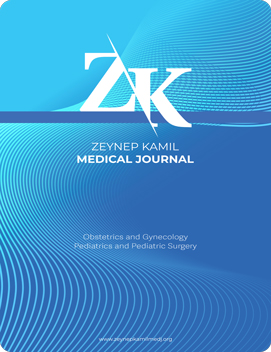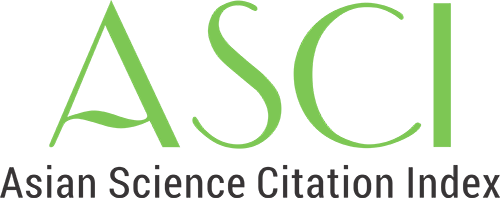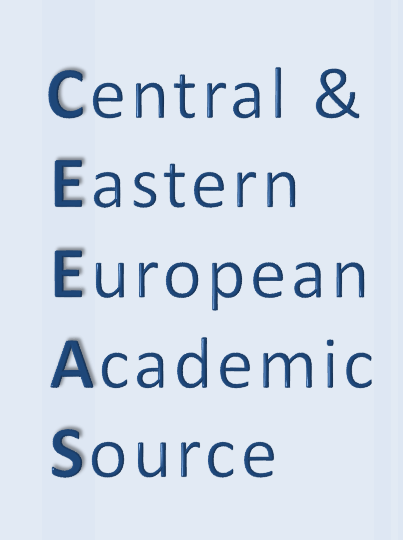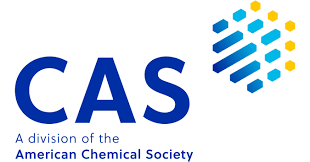Quick Search
Prenatal diagnosis and associated anomalies of congenital hand malformations
Gürcan Türkyılmaz1, Zafer Bütün2, Onur Karaaslan31Department of Obstetrics and Gynecology, Lokman Hekim University Faculty of Medicine, Ankara, Turkey2Department of Obstetrics and Gynecology, Private Clinic, Eskisehir, Turkey
3Department of Obstetrics and Gynecology, Van Yuzuncu Yil University Faculty of Medicine, Van, Turkey
INTRODUCTION: Congenital hand malformations (CHM) are prevalent congenital anomalies in the prenatal period. We aimed to assess the prenatal features of CHM, associated genetic syndromes, and postnatal prognosis.
METHODS: Ultrasound findings, associated anomalies, genetic results, and postnatal course were evaluated in ten cases with CHM in two centers over three years.
RESULTS: The mean gestational age at diagnosis was 22.8±2.7 weeks. CHM was isolated in four cases and accompanied by associated anomalies in six fetuses. It was bilateral in six cases. Polydactyly was the most common type of hand malformation. Termination of pregnancy was performed in four fetuses. There was no genetic etiology in isolated cases, and the postnatal course was favorable. Hand malformations with associated anomalies and a genetic syndrome carried a high risk, and the prognosis was poor.
DISCUSSION AND CONCLUSION: Prenatal diagnosis of CHM should prompt a detailed anatomical scan and a comprehensive genetic work-up. In isolated cases, the likelihood of a genetic cause is relatively low. In fetuses with multiple congenital anomalies, genetic etiology is common, and the prognosis is poor.
Manuscript Language: English
















